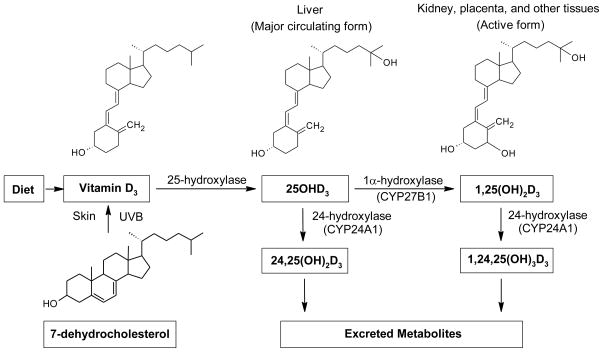Figure 2. Synthesis and metabolism of vitamin D.
Vitamin D2 and D3 can be obtained by diet. Vitamin D2 is metabolized similarly to vitamin D3, but with only one third of the biological activity (see text). Vitamin D3 is synthesized photochemically in the skin from 7-dehydrocholesterol by ultraviolet B exposure and converted to 25OHD3 by a 25-hydroxylase in the liver. The major circulating form of vitamin D, 25OHD3, is hydroxylated in the kidney, placenta, and other tissues by the enzyme, 1α– hydroxylase (encoded by the CYP27B1 gene), to the bioactive form, 1,25-dihydroxyvitamin D3 [1,25(OH)2D3]. The enzyme, 24-hydroxylase (encoded by the CYP24A1 gene), catabolizes both 25OHD3 and 1,25(OH)2D3 to inactive metabolites 24,25(OH)2D3 and 1,24,25(OH)3D3, respectively, which are then excreted.

